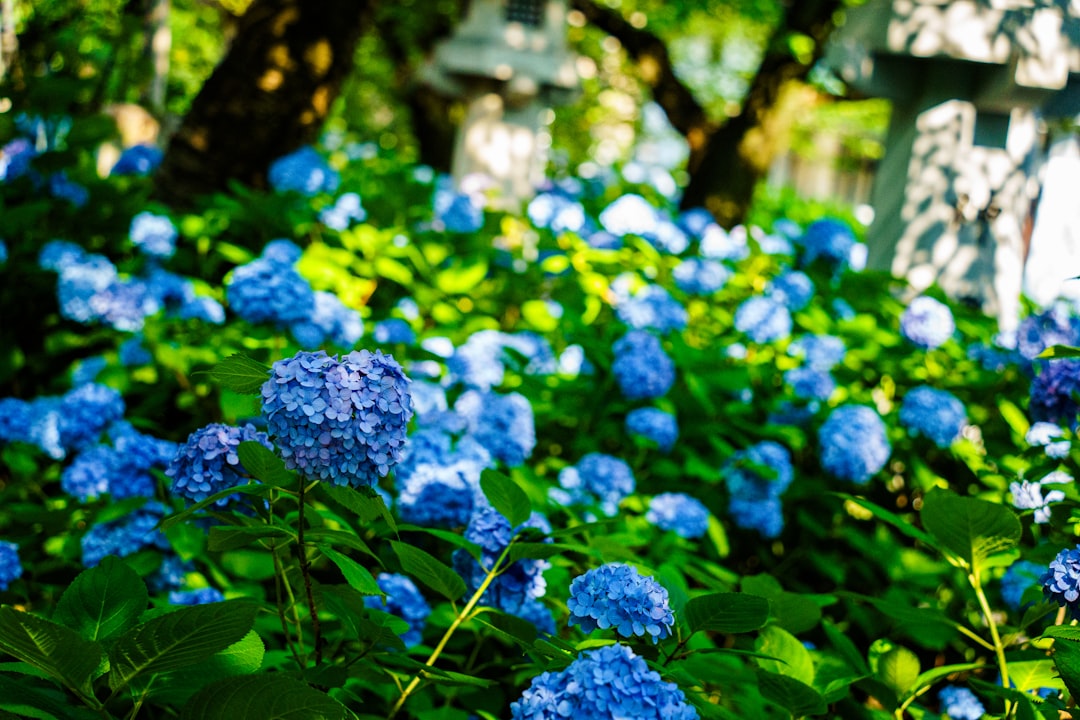The Art of Composting Bread and Starchy Foods in Your Yard

Composting is a fantastic way to enrich your yard's soil and reduce waste. Among the various items that can be composted, bread and other starchy foods hold great potential. However, to ensure successful composting, it's crucial to follow the right methods.
First, let's understand why bread and starchy foods can be valuable additions to your compost. These items are rich in carbon and nitrogen, which are essential nutrients for the decomposition process. When broken down properly, they contribute to the creation of a nutrient - rich compost that can enhance the fertility of your yard's soil.
Before adding bread to your compost, it's important to prepare it correctly. If you have a large loaf of bread, break it into smaller pieces. This increases the surface area, allowing the microorganisms in the compost to access and break down the bread more easily. You can also tear up baked goods like muffins or pastries into manageable chunks.
Starchy foods such as pasta, rice, and potatoes can also be composted. Similar to bread, they should be in small pieces. For cooked pasta and rice, make sure they are cooled down before adding them to the compost. This prevents the growth of unwanted bacteria due to the warm and moist environment.
When it comes to the compost pile itself, it's essential to maintain the right balance. Bread and starchy foods are considered 'green' materials, which are high in nitrogen. To balance this, you need to add 'brown' materials such as dried leaves, straw, or shredded newspaper. The ideal ratio of green to brown materials is about 1:3. This balance helps to create an environment where the decomposition process can occur efficiently.
Another important factor is the location of your compost pile. It should be placed in a well - drained area that receives partial sunlight. This helps to regulate the temperature and moisture levels in the pile. Too much moisture can cause the bread and starchy foods to become moldy and start to smell bad, while too little moisture can slow down the decomposition process.
Turning the compost pile regularly is also crucial. This helps to aerate the pile, allowing oxygen to reach the microorganisms that are responsible for breaking down the materials. When you turn the pile, make sure to mix the bread and starchy foods thoroughly with the other materials. This ensures that they are evenly distributed and decompose at a consistent rate.
It's important to note that there are some precautions to take when composting bread and starchy foods. Avoid adding bread that has a lot of mold on it, as this can introduce harmful fungi into the compost. Also, stay away from adding bread or starchy foods that have been heavily seasoned or contain a lot of oil. These can attract pests and slow down the decomposition process.
As the bread and starchy foods start to decompose, you'll notice changes in the compost pile. The materials will break down into a dark, crumbly substance that is rich in nutrients. This finished compost can then be used to fertilize your plants, flower beds, or vegetable gardens. It helps to improve the soil structure, retain moisture, and provide essential nutrients for plant growth.
In conclusion, composting bread and starchy foods in your yard is a rewarding practice. By following the right steps, you can turn these kitchen scraps into a valuable resource for your garden. Not only does it reduce waste, but it also helps to create a healthier and more sustainable yard environment.